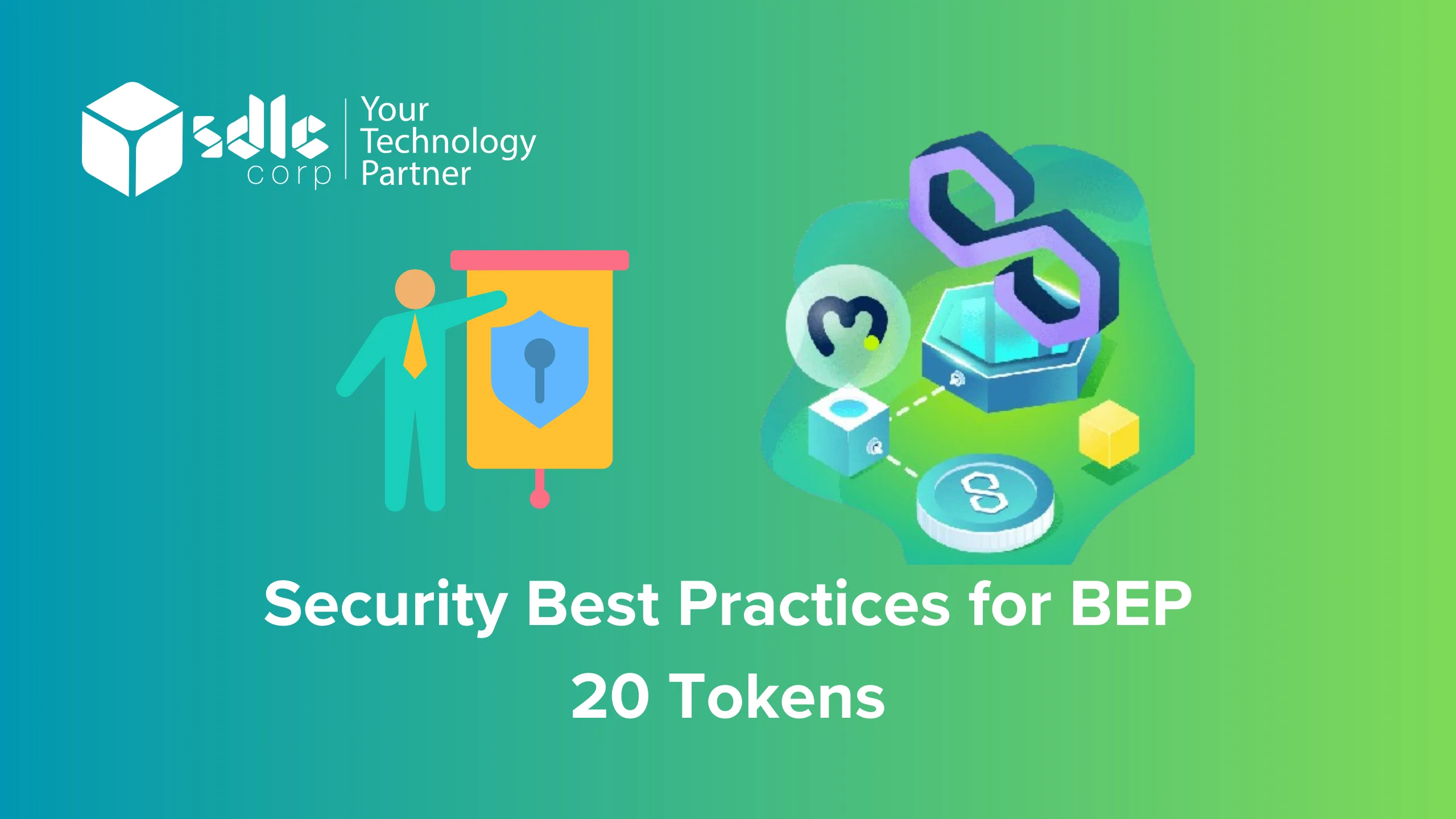Introduction
In the vibrant Binance Smart Chain (BSC) ecosystem, BEP-20 tokens serve as fundamental units of value, powering a diverse range of decentralised applications (DApps) and financial transactions. BEP-20 Tokens: Exploring Their Versatility and Impact underscores their pervasive use and financial significance, making them prime targets for malicious actors. Implementing robust security measures is crucial for developers and users alike to protect BEP-20 tokens and uphold the integrity of associated projects.
1. Comprehensive Smart Contract Auditing
Before deploying a BEP-20 token contract, undergo rigorous audits performed by experienced security professionals. These audits should meticulously scrutinise potential vulnerabilities, including reentrancy attacks and integer overflows.
- Automated Tools: Utilise advanced tools such as MythX, Slither, or Oyente to automate vulnerability detection.
- Manual Review: Supplement automated checks with thorough manual reviews to detect nuanced issues that automated tools might miss.
2. Utilize Known Libraries and Standards
Leverage reputable libraries and established standards, such as those provided by OpenZeppelin, whenever possible. These libraries undergo frequent audits and updates, ensuring adherence to the latest security protocols.
- Standard Implementations: Adopt well-tested implementations for critical functionalities like token transfers and approvals.
3. Follow the Checks-Effects-Interactions Pattern
Mitigate reentrancy vulnerabilities by strictly adhering to the checks-effects-interactions pattern:
- Checks: Validate all conditions and inputs before executing any operations.
- Effects: Modify state variables after ensuring the validity of inputs.
- Interactions: Interact with external contracts or addresses only after completing checks and updating state variables.
4. Limit Use of External Calls
Minimise reliance on external calls to mitigate the risk of unexpected state changes and vulnerabilities:
- Control Flow: Avoid critical dependencies on external calls and ensure robust error handling.
- Input Validation: Sanitise and validate inputs from external contracts to prevent malicious inputs.
bep20 token development company

5. Implement Secure Access Controls
Enforce strict access controls within smart contracts using role-based permissions and other measures:
- Multi-signature Wallets: Consider implementing multi-signature wallets for administrative tasks to enhance security.
- Timelocks: Introduce timelocks for critical functions to provide stakeholders with time to review and react to proposed changes.
6. Handle Integer Arithmetic Safely
Prevent arithmetic vulnerabilities such as overflow and underflow by utilising SafeMath or similar libraries:
Solidity
import "@openzeppelin/contracts/utils/math/SafeMath.sol";
contract MyToken {
using SafeMath for uint256;
// Example of safe arithmetic operation
uint256 public totalSupply;
function mint(uint256 amount) public {
totalSupply = totalSupply.add(amount);
}
}
7. Testing and Development Best Practices
Integrate robust testing practices throughout the development lifecycle to identify and rectify issues early:
- Test Environments: Utilise BSC testnets like Binance Testnet (BSC Testnet) to simulate real-world interactions and validate contract behaviour.
- Continuous Integration: Implement CI/CD pipelines to automate testing, deployment processes, and security checks.
8. Educate Users on Security Practices
Educate users on best security practices to safeguard private keys, recognize phishing attempts, and enhance overall awareness:
- User Guidelines: Provide clear guidelines on secure wallet management, transaction verification, and interaction with decentralised applications.
9. Monitor and Update
Maintain vigilant monitoring of BEP-20 token contracts and transactions for suspicious activities:
- Security Alerts: Set up alerts for unusual transactions or potential security breaches.
- Regular Updates: Promptly update contracts to address identified vulnerabilities or operational enhancements.
Conclusion
Securing BEP-20 tokens necessitates a holistic approach encompassing rigorous auditing, adherence to secure development practices, continuous testing, and proactive user education. By adopting these best practices, developers and stakeholders can bolster the security of BEP-20 tokens in the Blockchain Ecosystem, instil confidence among users, and safeguard the integrity of decentralised applications and financial ecosystems on the Binance Smart Chain. Embracing robust security measures not only mitigates potential threats but also fosters a resilient and trustworthy environment for blockchain innovation and adoption.
















